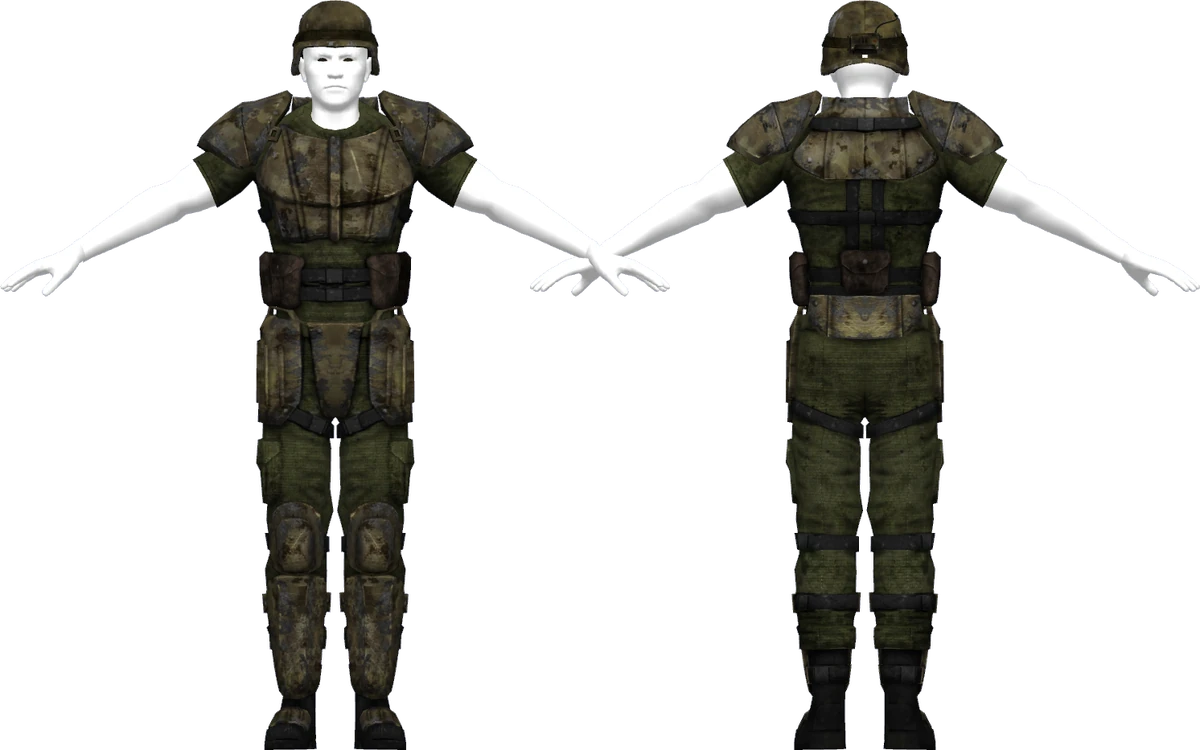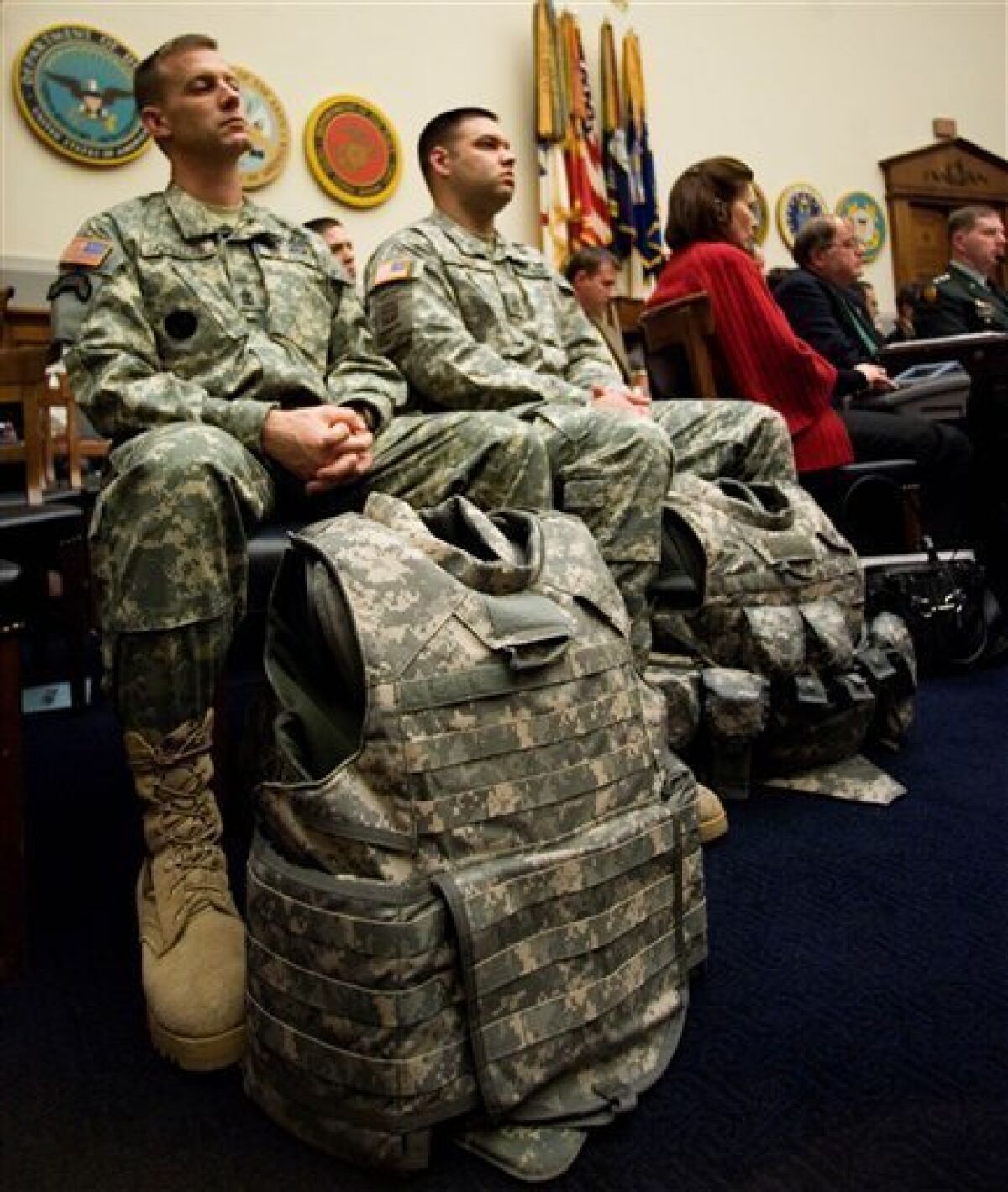Heavy Military Armor - Modern warfare directs soldiers to various deadly weapons. Bullets fired from rifles, pistols, and shotguns can penetrate flesh and often cause horrific "rollover" injuries when they strike hard objects such as bone. Shrapnel - fragments of metal produced when grenades or explosives explode - can damage the human body. Mines, traps, and IEDs target nearby soldiers, killing or injuring them from the force of the blast or fragmentation. The designs were designed to fit into the vehicle's armor and the aircraft's molten metal. Soldiers standing in the path of rivers of iron often die, are seriously injured or amputated.
Because of such advances, soldiers in modern warfare are more likely to be wounded by shrapnel and shrapnel, rather than cuts or stab wounds, than before the advent of gunpowder and explosives. All unprotected parts are vulnerable to modern weapons, but head and body protection is especially necessary to prevent injury or death. In order to protect many parts of the body, the modern military has developed combat helmets and body armor for use by soldiers on the battlefield, in fighter jets and on naval ships.
Heavy Military Armor

Guns eventually made heavy and expensive armor obsolete in the Middle Ages, so from the Renaissance onwards armies chose not to equip their soldiers with armor to increase endurance and the ability to travel long distances. However, the introduction of trench warfare during World War I and the devastating effects of artillery shells led armies to re-equip their soldiers with combat helmets to protect against shrapnel injuries to the head. The German army also officially appointed some soldiers - machine guns, snipers and snipers - with steel chests. The steel helmet was also a basic piece of equipment for infantrymen during World War II. Additionally, bomber crews in that conflict wore heavy "brake jackets" designed to protect them from anti-aircraft fire.
The Function Of Armor In Medieval And Renaissance Europe
During the final phase of the Korean War, the US Army introduced the M-1952 armor. The M-1952 weighs 8 pounds (3.6 kg), and its 12-ply, lightweight nylon material provides ample ballistic protection. US Army and Marines continued to wear the vest during the Vietnam War until the Army replaced it with the M-1969 split body armor, which featured many changes from the M-1952 but largely retained the protective features of the old vest.
In the decades since the Vietnam War, the development of new materials such as Kevlar and improved terrain have allowed engineers to create lighter body armor that is more effective against shrapnel and bullets. The developed fiber absorbs the impact of the bullet or particle and spreads its energy over a larger area as the bullet travels through the particle sequence. Bullets or particles tend to deform or "mushroom" instead of entering the device. Similarly, the force of the bullet is given when it passes through the stock plate. The light jacket is made of woven or welded wood and thus provides basic protection against rifle fire, small caliber bullets and grenades, and ceramic plates in the pockets of the light jacket against high-velocity rifles. Ballistic clothing is typically evaluated using a system established by the National Institute of Justice, the U.S. Department of Justice's Bureau of Investigation and Standards. The level of protection provided varies from Type IIA (against 9mm or .40 caliber rounds) to Type IV. writing (against 0.30 caliber [7.62 mm] armor-piercing bullets).
Soldiers in Western armies typically go into battle with helmets (these days often made of lightweight Kevlar instead of steel) and body armor (including Kevlar and ceramics) for body protection. Law enforcement officers typically wear light vests that protect against firearms, and bomb disposal experts wear heavy suits that give them full protection from close-range blasts. Abrams is the best weapon of war in the world. But the solution must remain inside.
Russian state defense company Rostec announced last week that it is aiming for its next weapon by 2035. The new equipment is said to offer more protection than existing armor and will be able to stop .50 caliber rounds. destroying light vehicles at 1000 meters. The claim has caused a lot of skepticism - but can we dismiss it so easily?
Suits Of Power Armor From Science Fiction You Don't Want To Meet On The Battlefield
There is no doubt that the .50 Cal suspension is a very different solution to the 7.62mm rifle that most rifles are designed for.
Russia's Ratnik anti-personnel program has not yet been established, but Rostec has already ... [+] talked about the 2035 update.
"The .50 Cal bullet is more than four times the size of the 7.62mm bullet and has a higher velocity," says Robert Bunker, analyst at C/O Futures, LLC. "But the real difference in death lies in the transfer of energy to the target."
The larger .50 caliber packs nearly five times the energy and lethality of a rifle bullet.
Skat 9 Military Armoured Suit
"I fired the M2 .50 Cal at an armored car at a range and saw the effects of that myself," says Bunker. "It's scary."
Basically, stopping any bullet is a matter of putting enough metal in the way. In the 1880s, Australian hunter Ned Kelly provided his team with home-made clothing, complete with helmets made of farm iron "as thick as a plate".
This first body armor earned Kelly the nickname "Iron Outlaw" and was proof against a ten-yard rifle. The last time the gang stopped in Glenrowan, the police fired at the lawmen but failed. The problem was weight: the armor weighed more than eighty pounds and restricted much movement, making it impossible for the wearer to aim well. The mob injured only two policemen in the latest firing. There is no way to run or ride a horse.
Kelly himself was hit several times and fought back until the police rushed in and overpowered him.
Russian Soldier Says Comrades Took Armor Off Ukrainian Corpses: Nyt
Ned Kelly's 1880 weapon proved that it is possible to stop bullets if you are willing to carry the weight of ... [+].
Heavy body armor was common in World War I. The Germans supplied 500,000 "Sappenpanzer" (pit armor) made of scrap metal. Although useful, it was so heavy that it was only practical for machine carriers or messengers. Anyone walking around in armor ran the risk of drowning in the waterlogged mud.
These days, you can make armor strong enough to stop a .50 Cal slug - as long as mobility isn't an issue. In the 1990s, American helicopter crews received protective equipment known as SARVIP (Survival Armor Recovery Vest, Inserts, and Packets). It consists of a Kevlar suit with pockets for ground plates that are larger and larger than standard Interceptor armor - about an inch long and weighing about eleven pounds. These plates provide "stop protection for .50 caliber" (or .30. However, their weight made the plates unpopular and they are said to have been rarely carried.

There is a second problem that blocking bullets is not enough: the effect Bunker gets is like being hit by a horse. According to Rostec, the new weapon will contain "special shock absorbers" to prevent this type of accidental shock.
Mind The Gap: The Army Looks To A New Assault Bridge For Heavy Armor Maneuvers In Europe
The Russians have already introduced the second-generation Sotnik ("Centurion") body armor, which features a lightweight exoskeleton that allows the wearer to easily carry 100 pounds or more. Russian researchers have used the device in Syria, and it appears to have been successful. However, the power of exoskeletons has been around for a few years; the US military failed to implement the weapons concept.
"Rostec's fourth-generation weapon concept calls for improvements in exoskeleton design, power sources, weapon survivability, and energy input and transmission at the beginning," says Bunker. "I think that Rostec - a Russian state-owned company - is doing some innovative things in terms of broadcasting."
Maybe it's just a matter of waiting. Instead of a fast Iron Man, the Russians might consider the Iron Outlaw, a slightly mobile version of the tactical ballistic missile used to ambush police. This can be useful for urban combat and raiding, but whether the extra protection is worth it is another question.
Russia says it is absolutely impossible. But whether the results are valid is another matter. Ned Kelly failed to push for extra-armored armor in the 1880s, and Rostec armor may fall into a similar position.
Galaxy S22 Ultra Metal Case, Heavy Duty Military Grade Rugged Armor Co
Batman heavy armor, military armor, heavy armor, cs go heavy armor, heavy steel armor, heavy bullet proof armor, heavy armor vest, heavy armor division, heavy armor outpost, heavy military, heavy duty body armor, heavy body armor

0 Comments